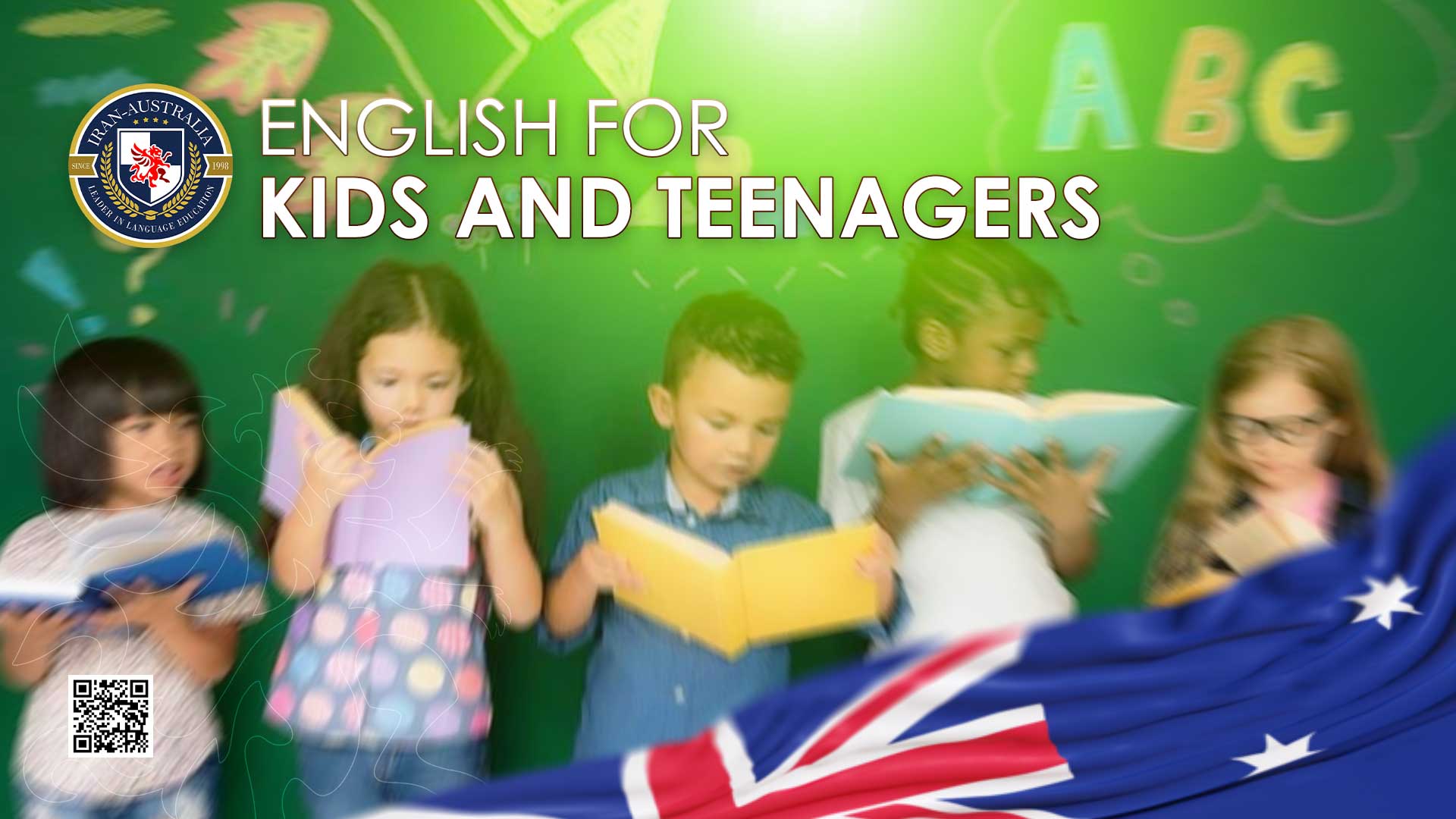How Do Children Learn to Speak?
A Complete Guide to English Language Learning from the Womb to Age Six
It might surprise you to learn that language acquisition begins before birth. The fetus can hear external sounds around the 25th week of pregnancy, especially the mother's voice. This is the first exposure to language, where the foundations for phonetic awareness and rhythm are laid in the developing brain.
If the mother is in a language-rich environment, filled with conversation, music, and reading, the unborn child absorbs more diverse linguistic input. This prenatal exposure builds a base for future English learning and facilitates natural language development in early childhood.
The Brain: Engineered for Language Learning
The human brain features a specialized system called the Language Acquisition Device (LAD), introduced by Noam Chomsky. This mechanism enables children to grasp grammatical rules without formal instruction. It's most active in early childhood, making this the golden period for learning a second language such as English.
Top English institutes for children design programs that align with this innate ability. They use storytelling, games, music, and visuals to help children absorb English naturally, without pressure. This is why choosing the best English language school for kids is crucial during the early years.
Language Begins with Listening
Children are listeners long before they become speakers. Through repeated exposure to spoken language, their brains start recognizing patterns, sounds, and sentence structures. This unconscious processing enables toddlers to speak fluently without learning grammar formally.
Practical English classes for children focus on listening comprehension. Using songs, conversations, and interactive activities, children build mental models of language. A quality language school ensures the environment is rich with English auditory input to strengthen this foundation.
Vocabulary Explosion: Up to 20,000 Words by Age Six
Children in language-rich households can understand or use up to 20,000 words by age six. This linguistic capacity is directly linked to the amount of verbal interaction they experience with parents, caregivers, and peers.
Storytelling, role-play, educational games, and daily conversation at home are powerful tools. Enrolling your child in a kids' English class in Tehran or online can expand their vocabulary through structured exposure to CEFR A0 and A1 level words.
Why Speaking Comes Before Writing
Speech is a natural part of human evolution, while writing is a learned skill. Children naturally acquire spoken language through social interaction, but need explicit instruction to read and write.
That’s why early childhood language courses should prioritize speaking and listening. The best language schools for children use play-based and verbal activities that help kids internalize sentence structure and word usage before introducing writing.
The Optimal Age to Learn a Second Language
The brain’s flexibility for language acquisition is highest between birth and age seven. During this window, children can learn English as easily as their native language—if provided consistent and meaningful exposure.
Whether through bilingual homes or quality online English classes for children, early immersion in English boosts fluency and cognitive growth. Repetition, routine, and real-life communication are key to long-term retention.
Learning Through Play: No Pressure, Just Joy
Children should experience English as part of play and real life, not just as a “lesson.” Learning through games, music, drama, and storytelling ensures language becomes emotionally engaging and naturally memorable.
A good kids’ English language program uses songs, flashcards, movement-based activities, and role-play to teach language without stress. This approach aligns with Natural Approach principles that emphasize subconscious language acquisition.
Parents as the First Language Teachers
Even parents with limited English skills can make a huge difference. Using simple daily phrases like “Let’s go!”, “What’s this?”, or “Great job!” exposes children to real English in context.
Combining this with books, videos, and mobile apps helps create a bilingual home environment. The best English programs for kids involve parents and provide resources to extend language learning beyond the classroom.
Recommended: Best English Language School for Children
If you’re looking for a reliable, fun, and academically solid English language school in Tehran, the Iran-Australia Language School is a top choice. Their Cambridge-based curriculum, friendly teachers, and child-centered atmosphere make them stand out.
Benefits include structured courses from Starters to Flyers, CEFR-based levels, interactive lessons, and online and in-person formats. Book a free placement test today and start your child’s bilingual journey the right way.







